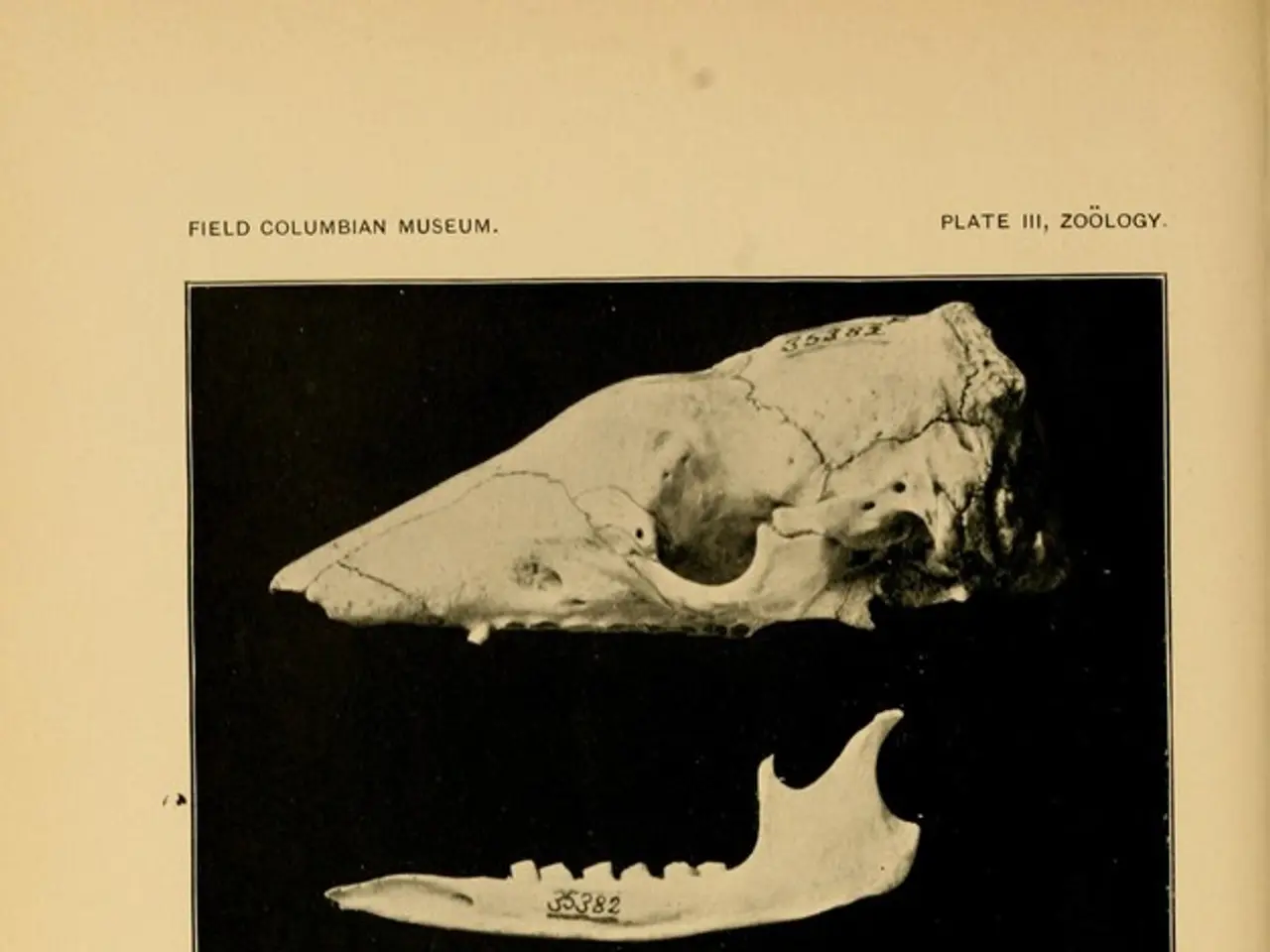Cancer affecting the pelvic bones
Pelvic bone cancer is a rare but potentially life-threatening condition that can affect individuals of various age groups. This article aims to provide an overview of the common types of pelvic bone cancer, their typical age groups, recommended treatment options, and associated risk factors.
The three main types of pelvic bone cancer are osteosarcoma, Ewing sarcoma, and chondrosarcoma.
Osteosarcoma, the most common primary bone cancer, typically affects adolescents and younger adults. Treatment for osteosarcoma usually involves a combination of chemotherapy and surgery, with the prognosis varying depending on the cancer's stage and the patient's overall health.
Ewing sarcoma, the second most common type of primary bone cancer, is most commonly found in children and adolescents. Treatment for Ewing sarcoma typically involves chemotherapy, surgery, and/or radiotherapy, tailored to the tumor's location and spread.
Chondrosarcoma, on the other hand, is more common in adults over the age of 40. The primary treatment for chondrosarcoma is surgical removal of the tumor, although radiation or chemotherapy may be used for aggressive or advanced cases.
Each of these cancers originates from different cell types. Osteosarcoma forms from bone-forming cells, Ewing sarcoma likely forms from primitive nerve cells or mesenchymal cells, and chondrosarcoma forms from cartilage cells.
Pelvic bone cancer can cause symptoms such as pain, swelling, and reduced mobility, and can weaken the bone, making it more susceptible to fractures. Fractures can cause sudden, intense pain.
Several genetic conditions are associated with a higher risk of bone cancer, including Li-Fraumeni syndrome, hereditary retinoblastoma, Werner syndrome, Rothmund-Thomson syndrome, and Bloom's syndrome. Additionally, certain bone diseases, such as enchondroma, osteochondroma, Ollier's disease, and Paget disease, can increase the risk of bone cancer.
Previous radiotherapy, especially during childhood, and treatment with alkylating agent chemotherapy drugs also increase the risk of bone cancer. It's important to note that injuries do not cause bone cancer, but they may reveal preexisting cancers or cause fractures in weakened, cancer-affected bones.
Early detection and treatment are essential to successfully managing bone cancer. If you experience symptoms of pelvic bone cancer, such as pain, swelling, or reduced mobility, it's important to consult a doctor as soon as possible.
In conclusion, pelvic bone cancer is a complex condition that requires careful management and treatment based on the specific type, stage, and location of the cancer. With early detection and appropriate treatment, many individuals can successfully manage and overcome pelvic bone cancer.
In the realm of pelvic bone cancer, one of the types, Ewing sarcoma, predominantly affects children and adolescents, requiring treatments like chemotherapy, surgery, and/or radiotherapy to address its typical manifestations. Additionally, medical-conditions such as Li-Fraumeni syndrome, hereditary retinoblastoma, and several others can increase the risk of developing cancerous health-and-wellness conditions like pelvic bone cancer.





